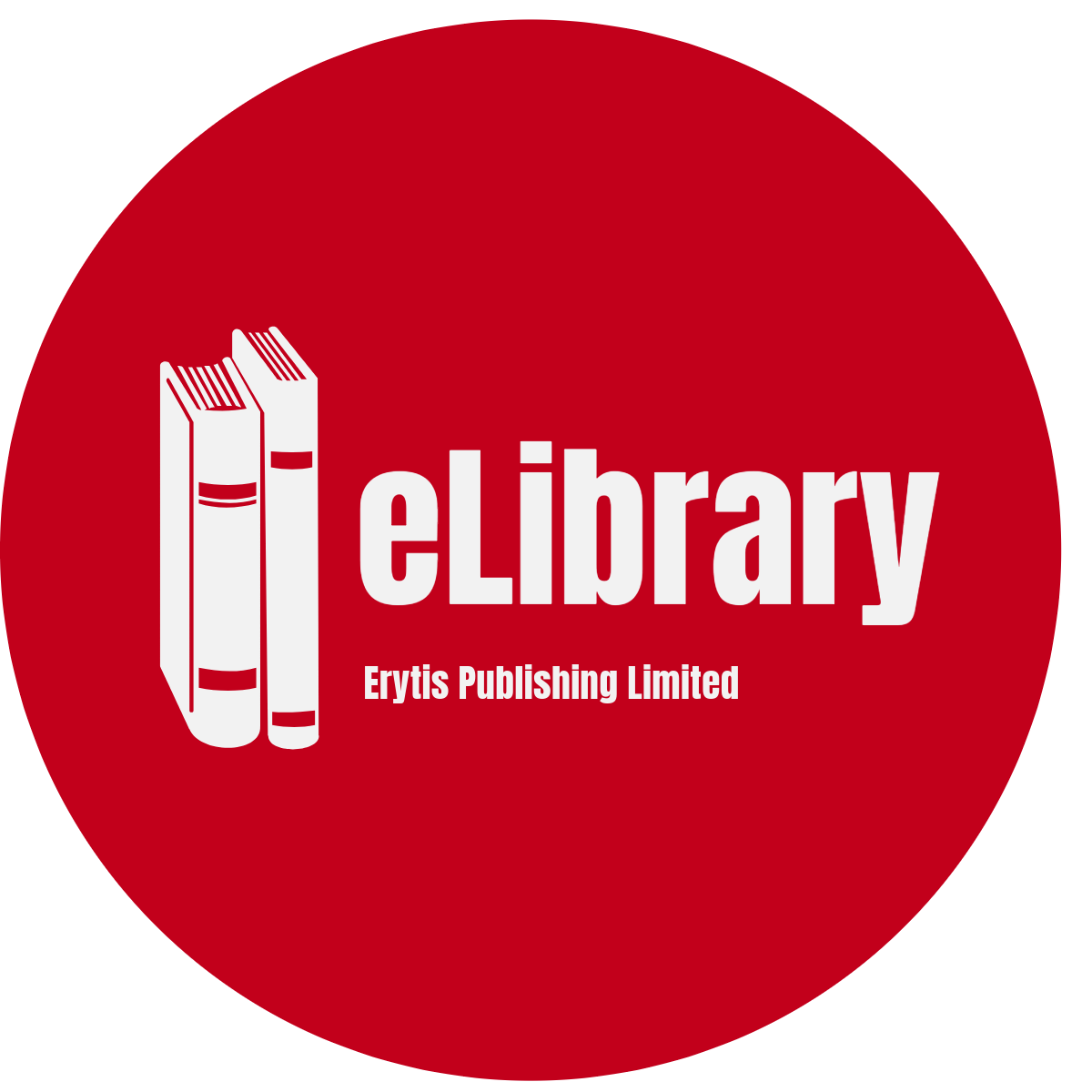




![]()
![]()
![]()
![]()


![]()
![]()


HOME
土木工程学辑要 Compendium of Civil Engineering (ISSN Print: 3079-5605, ISSN Online: 3079-5613) is an international, peer-reviewed Open Access (OA) journal dedicated to advancing innovative research, technological practice, and sustainable development in civil engineering. Encompassing structural engineering, transportation engineering, geotechnical engineering, hydraulic engineering, environmental engineering, and project management, the journal serves as a global platform for scholars, engineers, policymakers, and industry professionals to address challenges in urbanization, climate change, and infrastructure resilience. By integrating advanced technologies, green materials, and intelligent solutions, Compendium of Civil Engineering strives to build safe, efficient, and sustainable living environments for humanity.
Scope and Topics
The journal welcomes submissions across all domains of civil engineering, emphasizing technological innovation, practical application, and societal impact. Key areas include but are not limited to:
- Structural Engineering & Materials Science:
- High-performance concrete, smart materials, and recycled construction materials
- Seismic design, structural health monitoring, and retrofitting techniques
- Long-span bridges, skyscrapers, and optimization of complex structures
- Transportation & Underground Engineering:
- Intelligent transportation systems, road and rail engineering innovations
- Tunnel engineering, underground space development, and BIM technologies
- Geological risk assessment, shield tunneling, and deep excavation support
- Hydraulic & Environmental Engineering:
- Water resource management, flood control, and sponge city development
- Wastewater treatment, ecological restoration, and carbon-neutral infrastructure
- Coastal engineering, shoreline protection, and climate-adaptive design
- Geotechnical Engineering & Foundation Engineering:
- Soil-structure interaction, slope stability analysis
- Pile foundations, ground improvement, and permafrost engineering
- Geohazard early warning, numerical modeling, and field monitoring
- Project Management & Sustainability:
- Lifecycle cost analysis, lean construction, and zero-carbon practices
- Smart construction sites, robotic automation, and drone inspections
- Infrastructure resilience assessment, post-disaster recovery, and resilient urban planning
- Emerging Interdisciplinary Fields:
- 3D-printed buildings, modular construction, and digital twin technologies
- AI applications in structural inspection and risk prediction
- Bio-based materials, carbon-capturing concrete, and circular economy models
Journal Features
- Open Access: Freely available under a Creative Commons CC BY 4.0 license, promoting global collaboration and innovation.
- Rigorous Peer Review: Double-blind review by leading international scholars and industry experts.
- Interdisciplinary Integration: Bridges civil engineering with materials science, environmental science, and data science.
- Data Transparency: Supports open datasets and code sharing (e.g., GitHub, Zenodo) for reproducible research.
- Multilingual Support: Accepts submissions in English and Chinese (Chinese requires an English abstract).
Target Audience
Researchers, design engineers, construction firms, policymakers, academics, and industry associations, fostering a collaborative innovation network across academia and industry.
Submission Guidelines
- Submission Types: Original research, technical reviews, case studies, numerical simulations, and policy analyses.
- Language Policy: Submissions in English or Chinese must include an abstract and keywords in the other language.
- Ethical Standards: Declaration of conflicts of interest, research ethics, and data sources (e.g., field monitoring data).
- Formatting: Follow journal templates (available online); high-resolution visuals (e.g., BIM models, 3D-printed prototypes) are encouraged.
Publication & Indexing
- Rapid Dissemination: Online First publication ensures timely visibility (average review cycle: 1-2 weeks).
- Multimedia Supplements: Supports video demonstrations (e.g., construction techniques, structural failure tests) and interactive data visualizations.
Compendium of Civil Engineering invites global professionals to harness technology for a sustainable future—where engineering innovation safeguards every inch of our planet.



Erytis Publishing Limited
Always Open for Submissions
Peer-review
Online First
Open Access
Your work will be permanently available online, free to download, share and read
 Copyright © 2025 by authors and Erytis Publishing Limited.
Copyright © 2025 by authors and Erytis Publishing Limited.
Copyright and Licensing
Articles published by Erytis Publishing Limited journals are under a Creative Commons Attribution 4.0 International (CC BY 4.0) (https://creativecommons.org/licenses/by/4.0/) license, allowing users to copy, distribute and transmit an article and adapt the article and make commercial use of the article. The CC BY license permits commercial and non-commercial re-use of an open access article, as long as the author is properly attributed. This ensures that the work gets maximum exposure, and the authors receive due credit for their contribution.
Copyright on any open access article published by Erytis Publishing Limited is retained by the author(s). Authors grant Erytis Publishing Limited a license to publish the article and identify itself as the original publisher. Authors also grant any third party the right to use the article freely as long as its original authors, citation details and publisher are identified.





